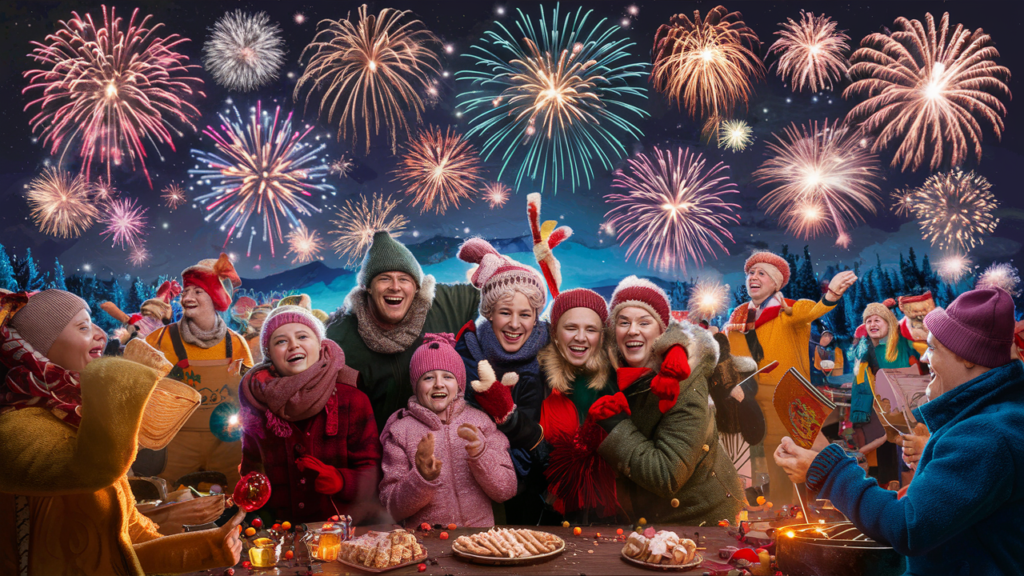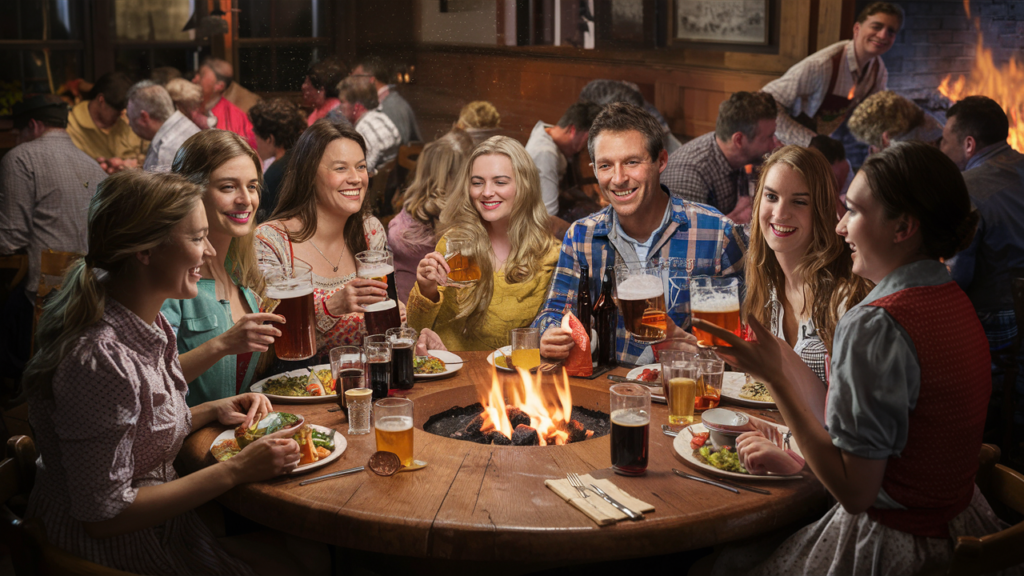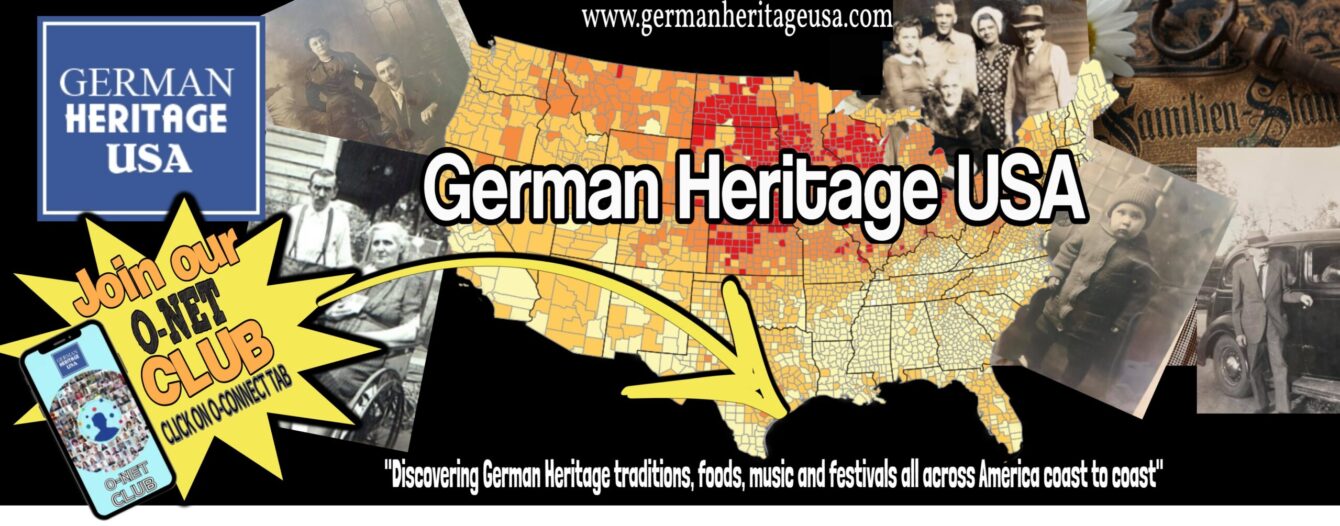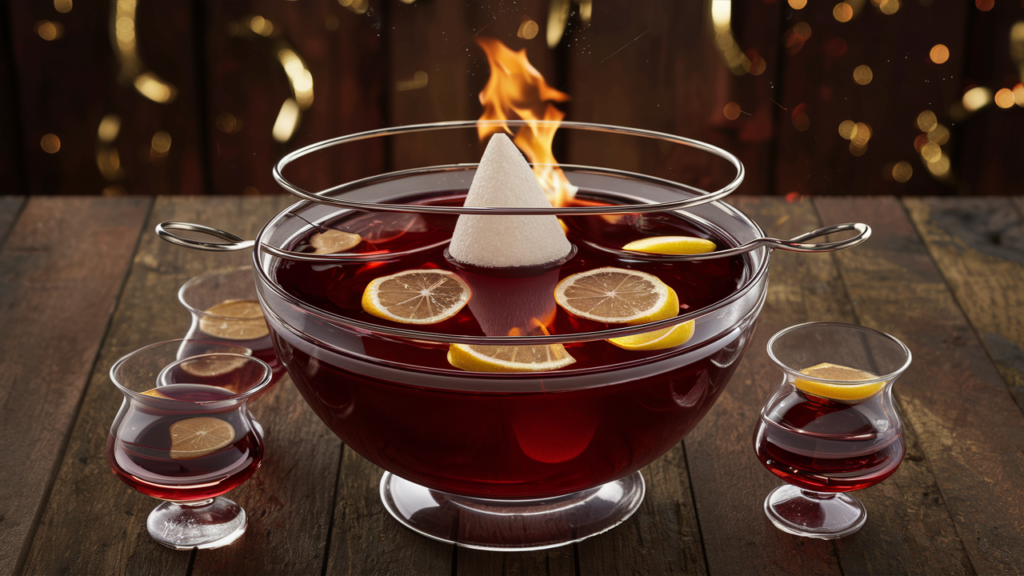How German New Year Traditions Made Their Mark in America
For many Americans, New Year’s Day evokes images of champagne toasts, football, and resolutions quickly forgotten. But delve deeper, and you might find surprising traces of a different cultural influence: Germany.
From festive foods to unique customs, German immigrants brought over centuries-old traditions that have subtly woven themselves into the fabric of American New Year’s celebrations.

In Germany, New Year’s Eve, known as “Silvester,” takes center stage. Unlike the quiet reflection often associated with January 1st in America, Silvester explodes with fireworks, joyous gatherings, and lively traditions.
Let’s explore some of the most prominent German customs and their journey across the Atlantic:
Glühwein into the New Year:
The aroma of warm, spiced mulled wine, known as Glühwein, is practically synonymous with German Christmas markets. But in Germany, this festive drink spills over into Silvester celebrations, warming hands and hearts as revelers gather outdoors.
While Glühwein hasn’t quite become a mainstream American New Year’s beverage, its influence can be seen in the growing popularity of mulled cider and other warm, spiced drinks during the winter holidays.
Relax with Gemütlichkeit at the Stammtisch:
Additionally, the concept of “Gemütlichkeit,” a German word encompassing coziness, warmth, and good company, resonates with the American desire for a comforting and festive atmosphere on New Year’s Eve.

Imagine kicking back with friends, laughter filling the air as warmth radiates from a crackling fireplace. This feeling, this atmosphere – that’s the magic of “Gemütlichkeit,” a German word that somehow captures coziness, friendly vibes, and a good dose of warmth all in one. Sounds pretty darn appealing, right? Well, guess what? This delightful concept resonates deeply with Americans too!
Across the USA, German heritage communities are channeling their inner Gemütlichkeit by creating little pockets of cozy joy called “Stammtisch’s.” These gatherings, often held at restaurants, bars, or social clubs with a German flair, are all about embracing their German roots. Picture a room filled with lively conversations about family stories passed down through generations, traditions kept alive, and maybe even a few attempts at recipes.


